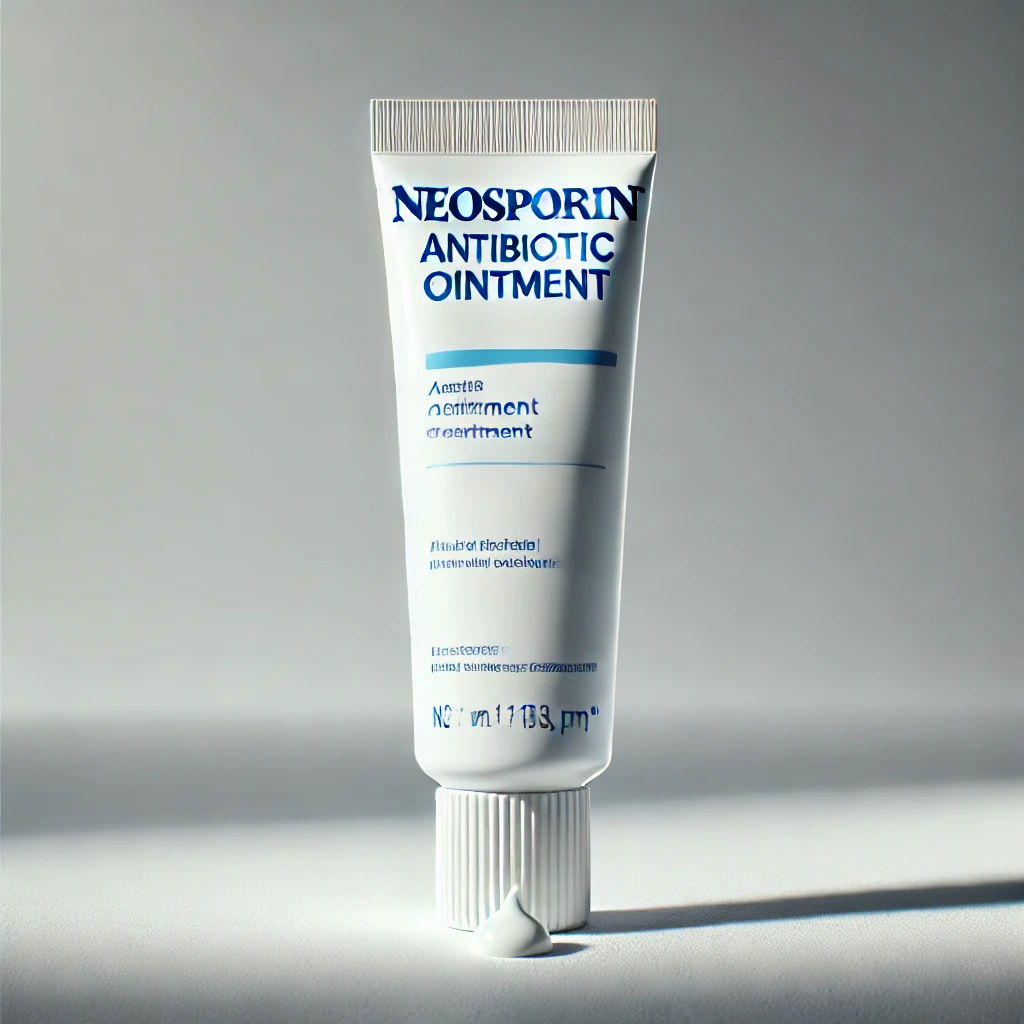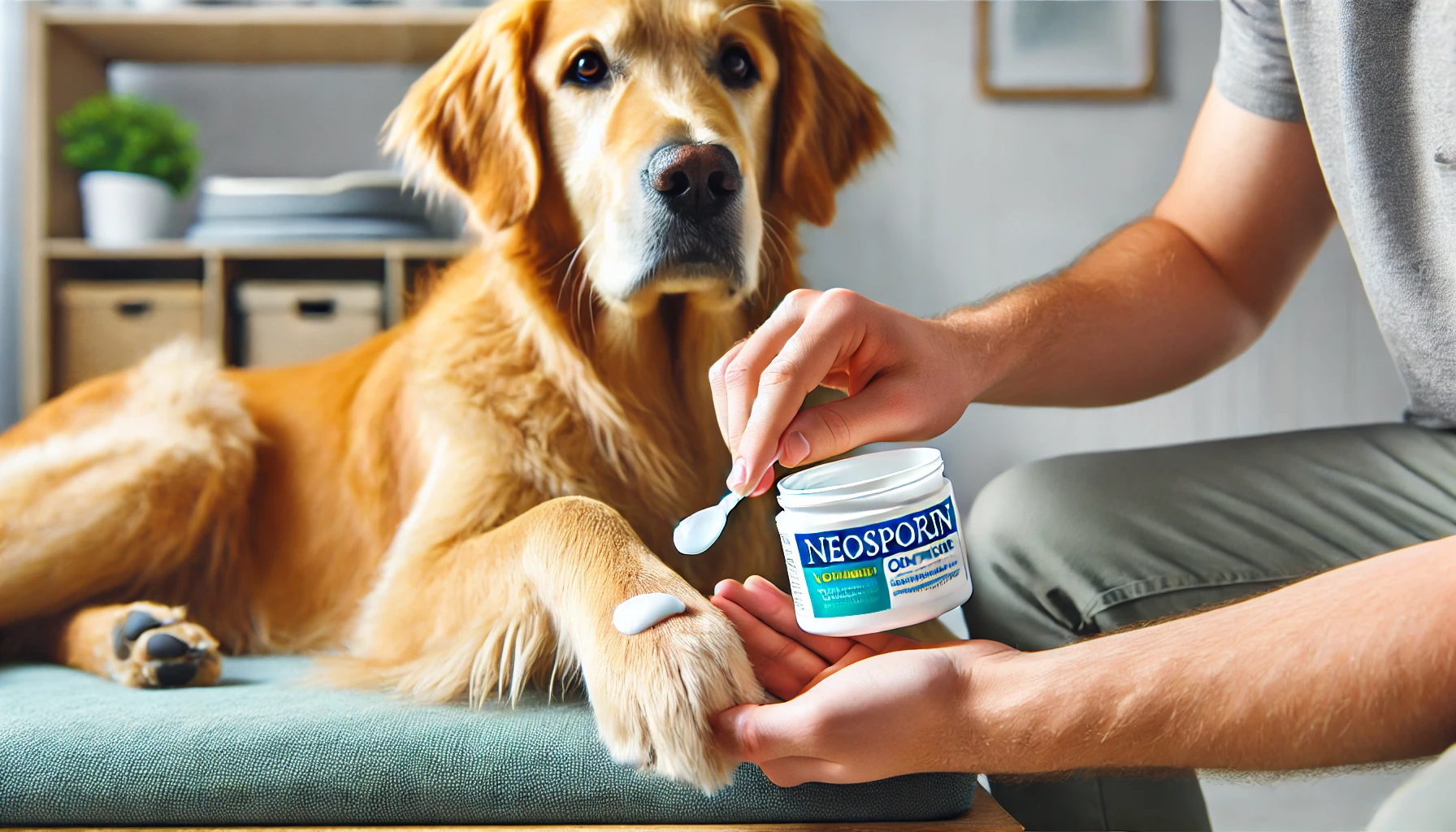Can You Put Neosporin on a Dog? A Complete Guide for Pet Owners
When your dog gets a minor cut, scrape, or scratch, your first instinct might be to reach for a tube of Neosporin. This popular antibiotic ointment is a staple in many human first-aid kits, but is it safe for dogs? Can you put Neosporin on a dog? This is a common question among pet owners who want to ensure their furry friends stay healthy and free from infection.
In this article, we’ll take an in-depth look at the safety, benefits, risks, and alternatives to using Neosporin on dogs.
What Is Neosporin?
Neosporin is an over-the-counter antibiotic ointment that helps prevent infection in minor wounds. It contains three key ingredients:
-
Neomycin – an antibiotic that fights bacteria
-
Polymyxin B – another antibiotic that helps prevent bacterial infections
-
Bacitracin – an additional antibiotic that works against certain bacterial strains
Some Neosporin products also contain pramoxine, a pain reliever.
How Does Neosporin Work?
Neosporin prevents bacterial infections by killing bacteria or stopping their growth. It is commonly used on small wounds, such as cuts, scrapes, and burns, to speed up healing and reduce the risk of infection.
Is Neosporin Safe for Dogs?
The short answer is yes, but with caution. Neosporin can be applied to minor wounds on dogs, but there are several important factors to consider before using it on your pet.
When Can You Use Neosporin on a Dog?
Neosporin may be safe to use on dogs in the following cases:


When Should You NOT Use Neosporin on a Dog?





Can Dogs Lick Neosporin?
One of the biggest concerns when using Neosporin on dogs is ingestion. If a dog licks Neosporin, it may experience:
-
Stomach upset (vomiting, diarrhea)
-
Allergic reactions (itching, swelling)
-
Toxicity (if large amounts are consumed)
To prevent licking:


Side Effects of Using Neosporin on Dogs
While Neosporin is generally safe in small amounts, it can cause side effects, including:
-
Skin irritation – Some dogs may develop redness or itching after application.
-
Allergic reactions – Symptoms include swelling, hives, or difficulty breathing.
-
Upset stomach – If ingested, Neosporin can cause nausea, vomiting, or diarrhea.
What to Do If Your Dog Reacts to Neosporin
If your dog has any reaction after applying Neosporin, wash it off immediately and monitor for symptoms. Contact your vet if symptoms persist.
Dog-Safe Alternatives to Neosporin
If you’re concerned about using Neosporin on your dog, consider these safer alternatives:




How to Properly Treat a Dog’s Wound
If your dog has a minor cut or scrape, follow these safe wound-care steps:





Final Verdict: Can You Put Neosporin on a Dog?
Yes, you can use Neosporin on dogs for minor wounds, but with caution. Always monitor your dog for reactions, prevent licking, and use it sparingly. For serious wounds or infections, it’s best to consult a veterinarian.
If in doubt, choose dog-specific wound treatments to ensure safety and effectiveness.







